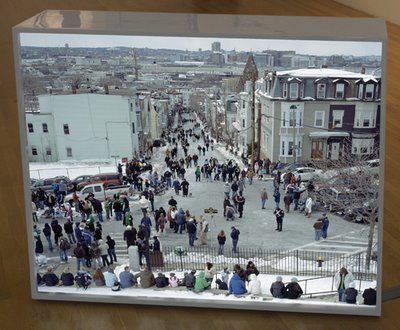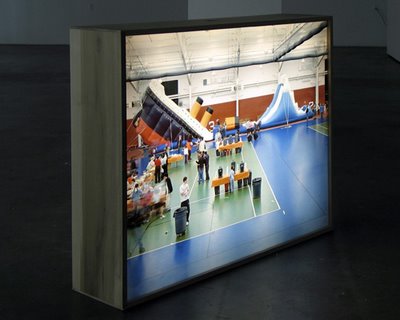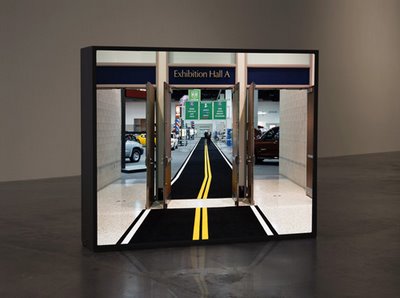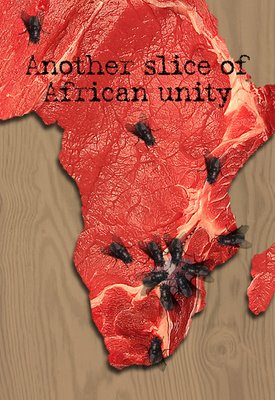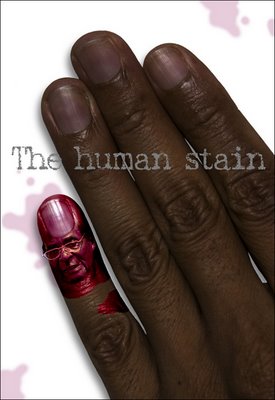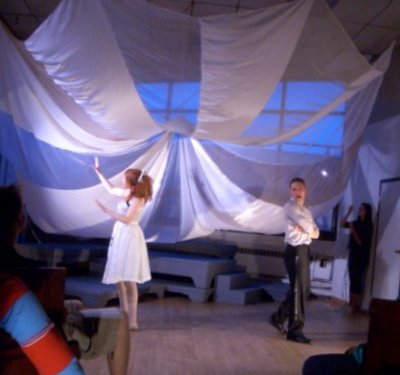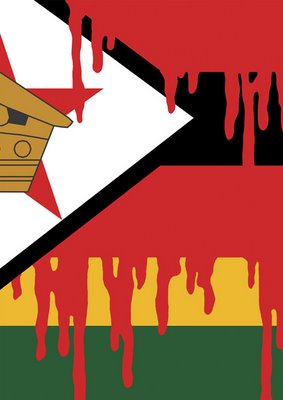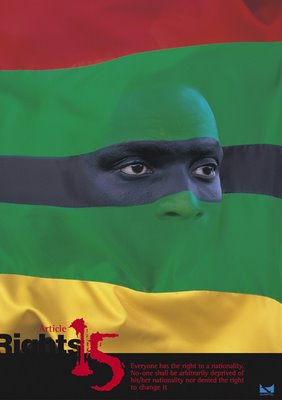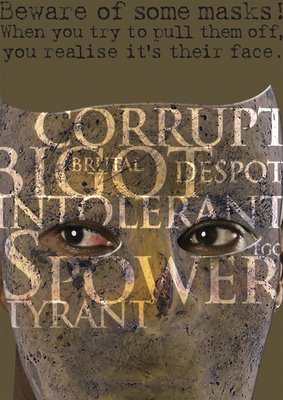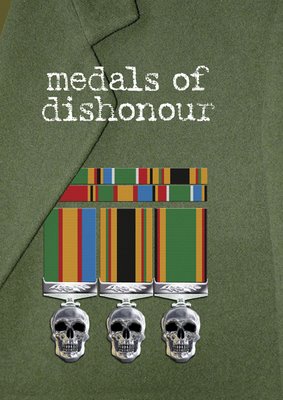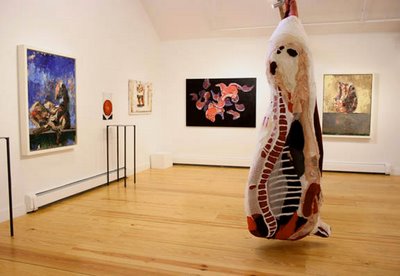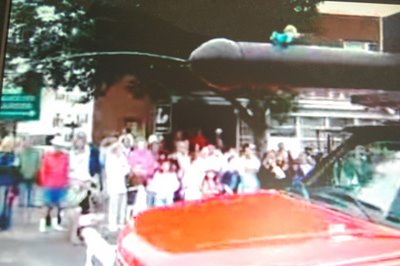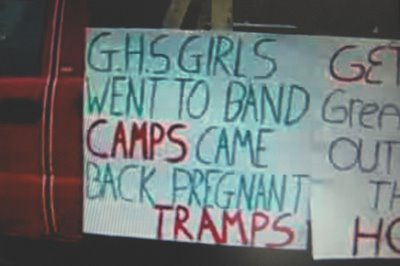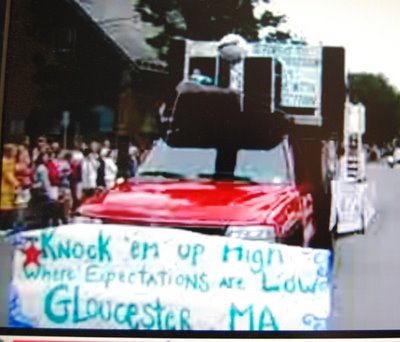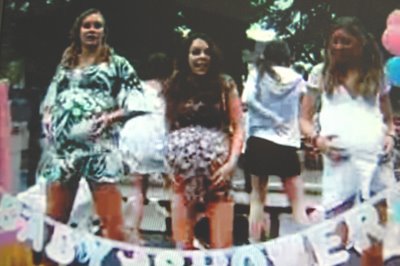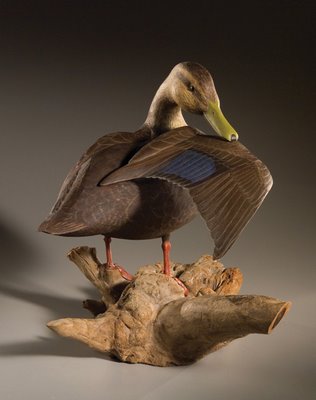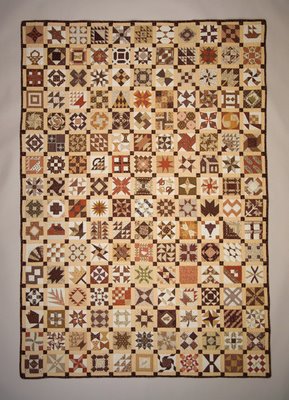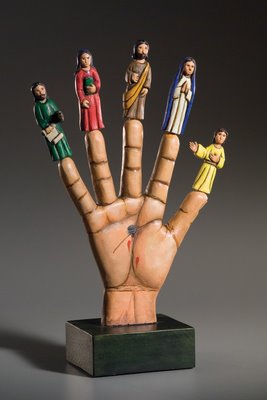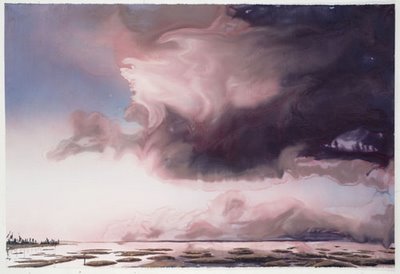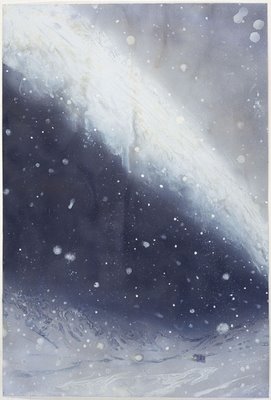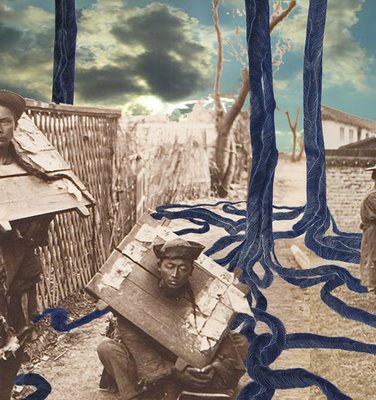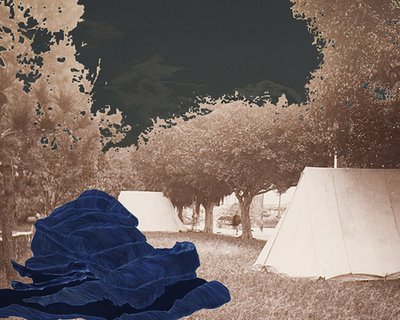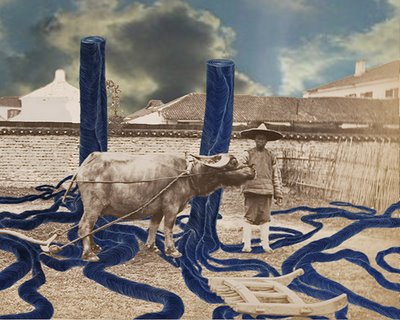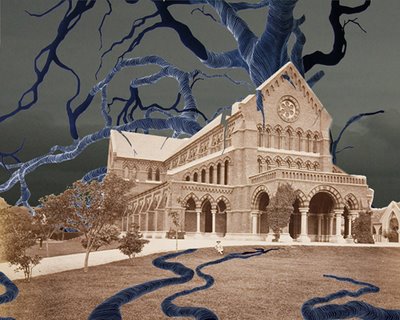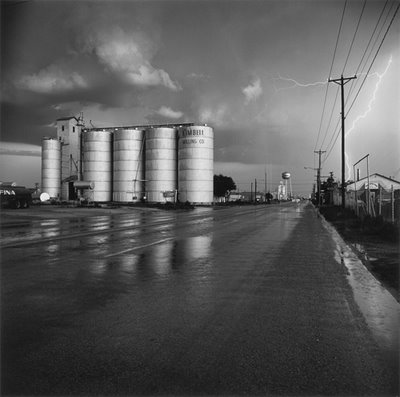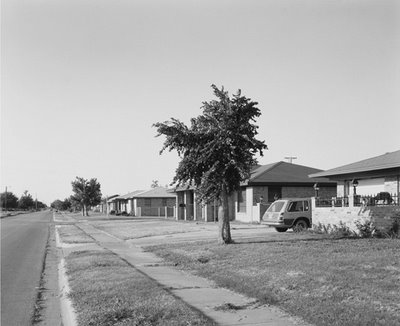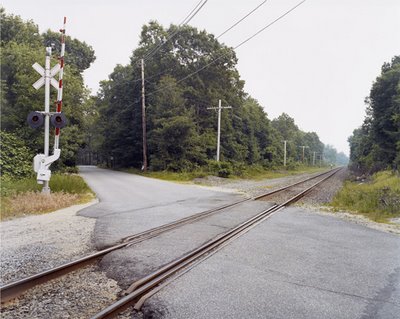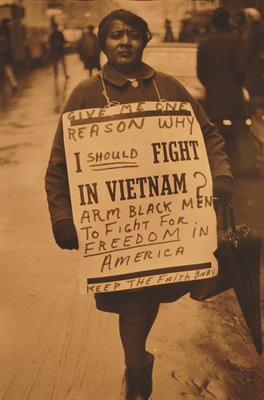Cheryl Brutvan, the Boston Museum of Fine Arts' contemporary art curator, will leave the museum by the end of the year, a museum spokeswoman said today.
Brutvan will work full-time at the museum through July 31, the spokeswoman said, and then move to part-time until the end of December as she finishes assembling, now as guest curator, the
Rachel Whiteread exhibit that the MFA has scheduled to open Oct. 15.
Update:A
memo emailed to MFA staffers yesterday announcing her departure notably did not address why Brutvan was leaving, where she was going, or what might happen with her position. When I asked these questions to MFA spokeswoman Mary Keith today, her answer was “I don’t know.” The answer was the same when I asked if this could lead to a promotion for MFA assistant contemporary art curator William Stover.
The immediate speculation around town is that Brutvan’s departure is connected to coming changes in the MFA’s contemporary programming – and the ascendancy of
Edward Saywell. He was
appointed director of the MFA’s West Wing last fall, and thus chief of contemporary art as the wing is expected to become devoted to contemporary stuff during the museum’s renovation and expansion, which is scheduled to be completed in 2010.
“They’re not related,” Keith said. “His role is completely different from what hers is.”
Brutvan earned a bachelor’s degree in art history from the State University of New York at Buffalo, her hometown, before pursuing graduate studies at Williams College. She worked for 15 years at Buffalo’s Albright-Knox Art Gallery, where she put together "The Paintings of Sylvia Plimack Mangold," which came to the MFA in 1995.
Brutvan joined the MFA in the fall of 1998. The contemporary curator position had been open for two years following the departure of Trevor Fairbrother for the Seattle Art Museum.
It was a moment of transition in the institutional leadership of the area’s contemporary art scene – Jill Medvedow had recently been appointed director of the Institute of Contemporary Art, Carl Belz had just stepped down as director of Brandeis’ Rose Art Museum to be replaced by Joseph Ketner, Adam Weinberg became director of Phillips Academy’s Addison Gallery, MIT List Visual Art Center director Katy Kline left to be replaced by Jane Farver, Linda Nordan became contemporary art curator at the Harvard Art Museums, and Jessica Morgan became the Worcester Art Museum’s contemporary curator, only to quickly jump to the ICA.
"I think she has a strong personality and has made remarkable acquisitions at Albright-Knox," MFA Director Malcolm Rogers told the Globe when Brutvan was hired. "She has the personality to fit into the team here, and to be a leader in the contemporary art community."
But the MFA maintained institutional, financial and philosophical hurdles to a vigorous contemporary art program. A decade later, Brutvan and the MFA still don’t feel like leaders in the contemporary art community.
The first show Brutvan organized as a MFA curator featured Joel Shapiro. She went on to assemble exhibits of Antonio Lopez Garcia, Damien Hirst, Cecily Brown, Joel Shapiro, works from the Broad Collections, Adam Fuss, Christian Boltanski, Susan Rothenberg, Takashi Murakami, Tim Noble and Sue Webster, Sarah Sze, Michael Mazur, Robert Rauschenberg, Charlotte Salomon, the Melvin Blake and Frank Purnell collections, Sophie Ristelhueber, and the group show “War and Discontent.” Brutvan has been planning an Ellsworth Kelley show for the West Wing’s Foster Gallery after the MFA’s renovation and expansion is completed in 2010.
Related:A Globe feature on Brutvan,
“Try this job: museum curator,” which seems to be from fall 2006.





